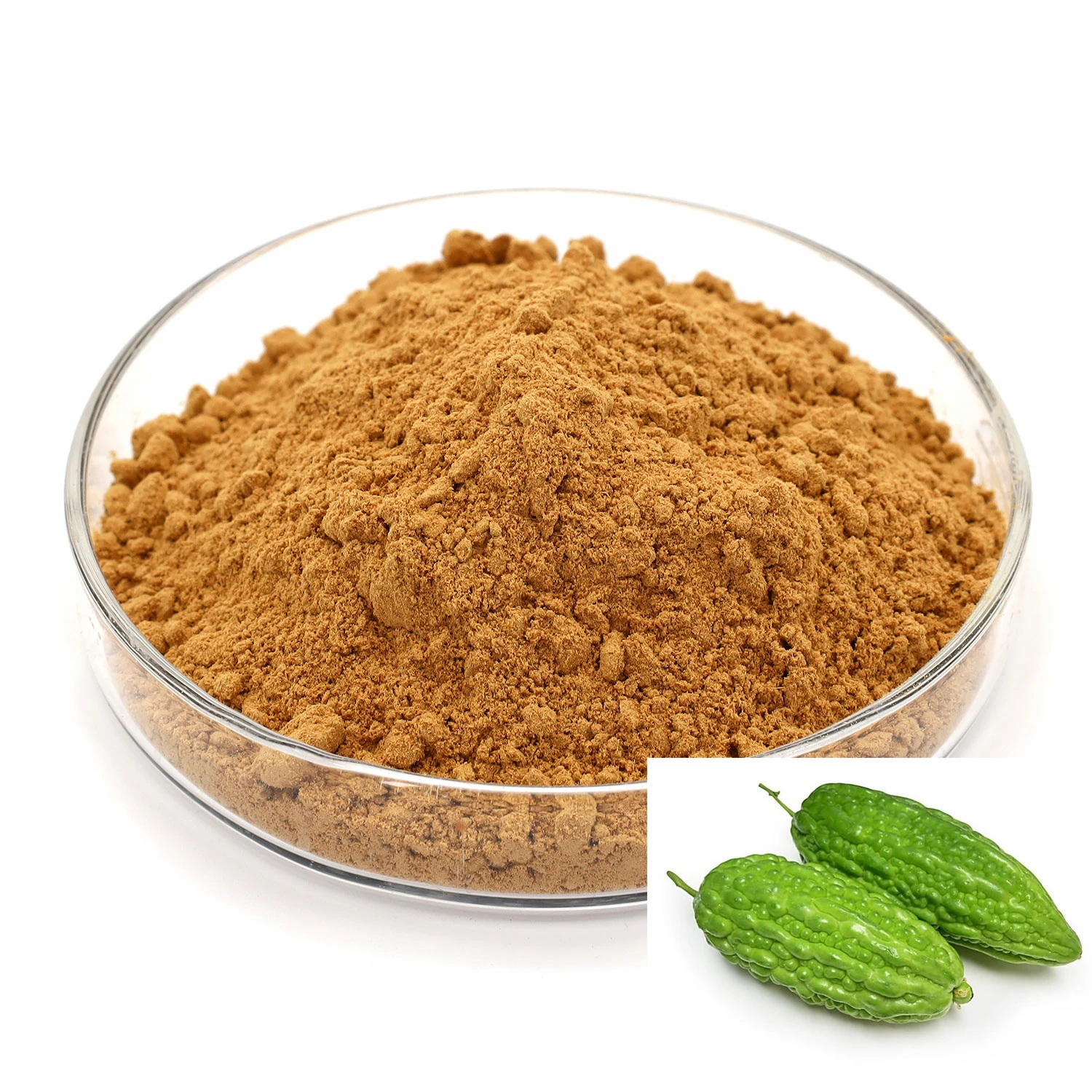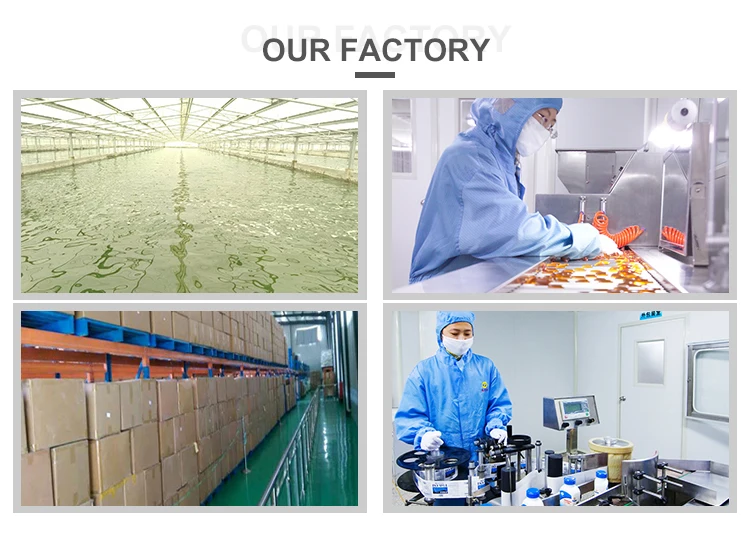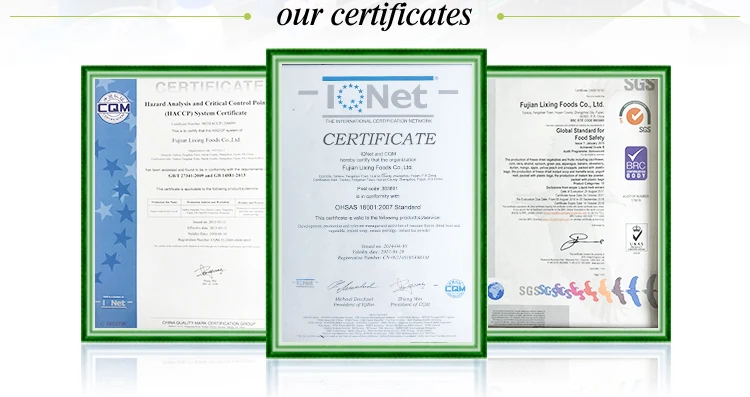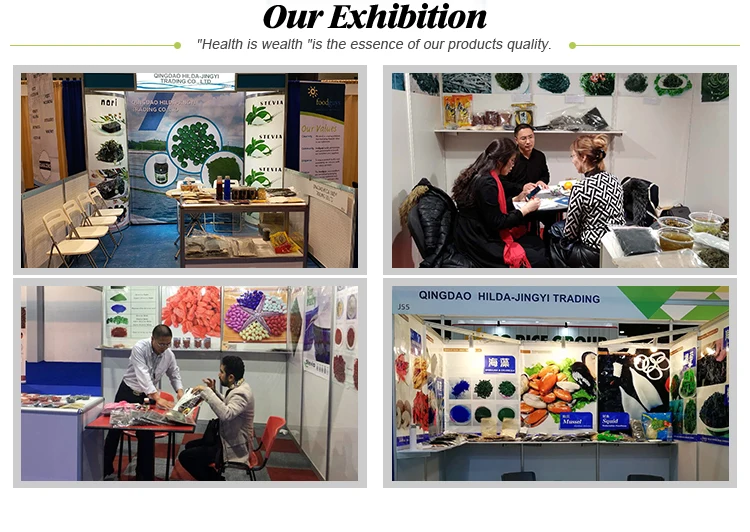Bitter Gourd Powder Bitter Melon Extract Powder Charantin
The plant Momordica charantia belongs to the family cucuritaceae and is commonly known as bitter melon. Bitter melon grows in tropical and subtropic areas, including parts of East Africa, Asia, the Caribbean, and South America, where it is used as a food . It produces beautiful flowers and prickly fruit. The fruit of this plant lives up to its name. it tastes bitter. Although the seeds, leaves, and vines of bitter melon have all been used, the fruit is the safest and most prevalent part of the plant used.The juice of the leaves and fruit or seeds is used as an anthelmintic. In Brazil, the dose for anthelmintic use is two or three seeds. The immature fruit of M. Charantia tastes bitter due to the cucurbitacius. Cucurbitacius is comprised of a group of triterpenes including momordicosides, A-E, K, L, and momardicius I, II and III. The roots and fruit are used as an abortifacient.
Product Detiles
specifications
Specification
Product Name:Bitter Melon Extract
Specification: 10:1
Appearance:Brown powder
Plant Part Used:Fruit
Test Method:TLC
Function
1. Bitter Melon (Momordica Charantia) is a cucumber-shaped, green vegetable believed to have a high iron content, which increases its value as a preventative food for many health conditions
3. Recently in vitro studies has indicated that an extract from this plant is effective against breast cancer cells.
Introduction
The plant Momordica charantia belongs to the family cucuritaceae and is commonly known as bitter melon. Bitter melon grows in tropical and subtropic areas, including parts of East Africa, Asia, the Caribbean, and South America, where it is used as a food . It produces beautiful flowers and prickly fruit. The fruit of this plant lives up to its name. it tastes bitter. Although the seeds, leaves, and vines of bitter melon have all been used, the fruit is the safest and most prevalent part of the plant used.The juice of the leaves and fruit or seeds is used as an anthelmintic. In Brazil, the dose for anthelmintic use is two or three seeds. The immature fruit of M. Charantia tastes bitter due to the cucurbitacius. Cucurbitacius is comprised of a group of triterpenes including momordicosides, A-E, K, L, and momardicius I, II and III. The roots and fruit are used as an abortifacient.
Specification
Product Name:Bitter Melon Extract
Specification: 10:1
Appearance:Brown powder
Plant Part Used:Fruit
Test Method:TLC

Item Name | Bitter Melon Extract |
Latin Name | Momordica charantia L. |
CAS No | 57126-62-2 |
Molecular Formula | C42H62O16 |
Active ingredients | Charantin |
Specification | Charantin 20%;10:1;0.5% |
Use Part | Fruit |
Appearance | Brown Powder |
Mesh size | 100% through 80 Mesh |
Test Method | UV/TLC |
Sample | Sample is provided |
Packaging | 25 kg/ drum |
Function
1. Bitter Melon (Momordica Charantia) is a cucumber-shaped, green vegetable believed to have a high iron content, which increases its value as a preventative food for many health conditions
3. Recently in vitro studies has indicated that an extract from this plant is effective against breast cancer cells.
Application
1. Cosmetic,
2. Food,
3. Health food production of natural raw material.


















